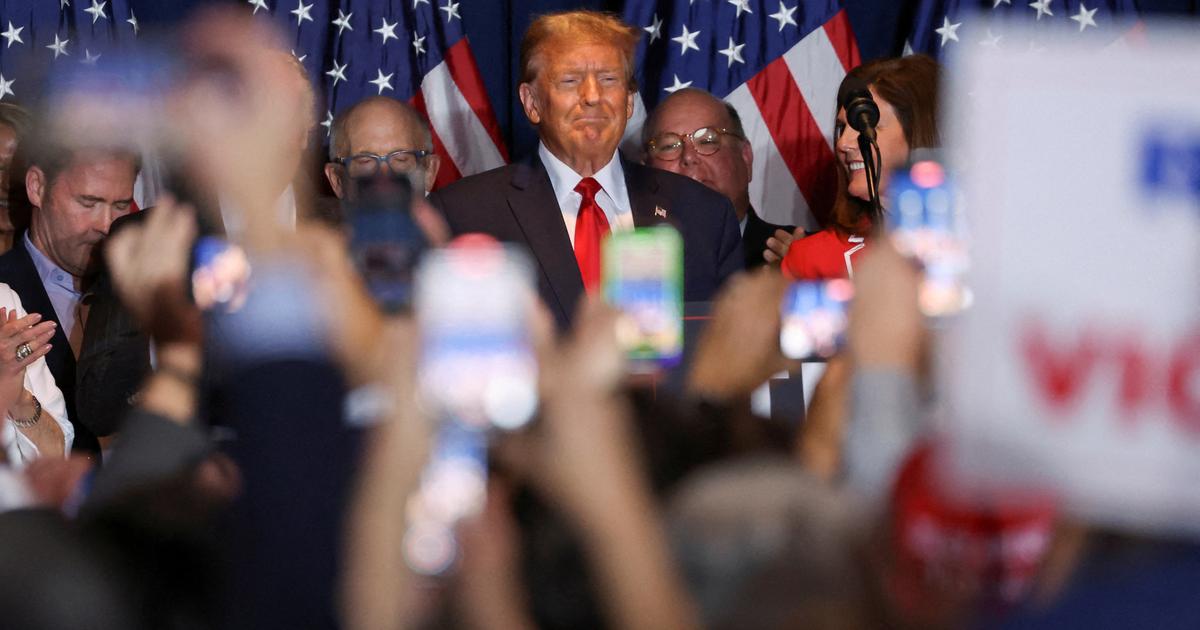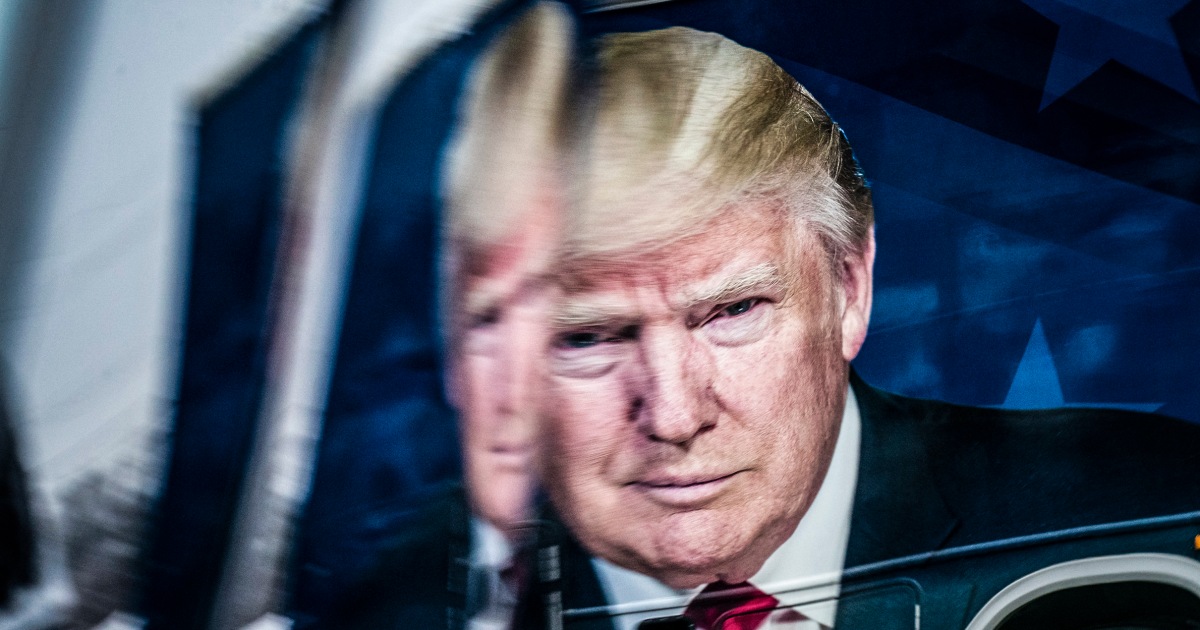the net can be a wonderful place to bring nerdy technical debates to a larger audience.
This happened again in the past few days, when it was debated to what extent Twitter's algorithm for image cropping discriminates against people with dark skin color and, if so, what technical details could be the reason.
The debate began with PhD student Colin Madlan, who actually wanted to draw attention to a problem with Zoom: The video conferencing service had repeatedly hidden the head of a black colleague when the man used a background preset by Zoom.
When Madlan wanted to tell his Twitter followers about it and uploaded a screenshot from a Zoom call with him and his colleague, he realized that there might also be a problem on Twitter.
Twitter automatically cut the thumbnails of its screenshots so that only his face and not that of his black colleague could be seen.
Twitter actually wants to use the automatic cropping of images to ensure that the most relevant or meaningful part of the image is shown in the preview.
In the case of Madlan's experiment, the cut was not only not meaningful, but discriminated against his black colleague.
The programmer Tony Arcieri used Madlan's tweet as an opportunity to test Twitter's algorithms: He uploaded image files to Twitter showing US politicians Barack Obama and Mitch McConnell among themselves.
Here, too, the result was clear: the algorithm that generated the preview image only showed McConnell, but masked Obama.
In order to rule out a preference for certain colors, Arcieri matched the color of the ties the two wore in the photos and repeated the experiment.
Again, the algorithm chose McConell for the preview image.
That Twitter's algorithm prefers red ties cannot be the reason.
Twitter bosses announce further steps
A little later, several high-ranking Twitter employees spoke up and thanked them for the experiments.
In addition to a debate about whether Twitter's artificial intelligence prefers certain lighting conditions and open or closed arms in photos, Twitter's chief digital officer Dantley Davis wrote, "I'm in a position where I can solve the problem and I will."
However, Twitter has not yet been able to answer why the algorithm cut out dark-skinned people from the preview images.
Before the feature was introduced, no systematic racism would have been noticed in one's own tests, said a spokeswoman.
Even if the experiments by Arcieri and Madlan were shared and discussed a thousand times over, it must be clear that their examples only have anecdotal evidence and offer no statistically reliable evidence for a racist algorithm.
At the same time, however, they fit in with numerous scientific findings on how artificial intelligence and facial recognition disadvantage people with dark skin tones.
In the case of Twitter's image cropping algorithm, however, the programmer Vinary Prabhu came to the result in a comparable test with 92 faces that black faces were shown more frequently in preview images.
In any case, it makes sense that Twitter has announced that it will investigate the problem more closely and improve the algorithm.
Because even if scientists have been researching discrimination by algorithms for a long time, the topic is not only something for the academic niche, but can also lead to serious personal and social injustices.
Strange digital world: Explaining TikTok is like explaining jokes
As a tech reporter, the increasingly absurd scramble over the TikTok video app also has private consequences for me.
Since the app became the subject of a global trade war, I've found myself in a conversation with relatives or less internet-savvy acquaintances about what this TikTok is and how it works.
The conversation usually proceeds according to the same scheme: I then say things like that at one point it was mainly about dance videos in which the words "Baby Shark" came up very often, for example.
Of course, this does not really increase the knowledge gained by my interlocutor, and even if I start playing the melody of the "Baby Shark" song, it doesn't change anything.
Then I explain, for example, that particularly creative videos and campaigns can be discovered again and again via the app, that it has become an important platform for some communities, for example in the LGTBQ area, or that its aesthetics have long since gone beyond the app and are also cultural Has influence.
All of this is not necessarily inclined to increase the understanding of what happens on TikTok among older friends.
Usually I just take out my phone, open the app and stop talking.
External links: three tips from other media
"WhatsApp & Co .: Researchers warn against mass reading of contacts" (3 minutes reading time): Using so-called crawling attacks, researchers at TU Darmstadt have managed to obtain information about users of messenger apps such as WhatsApp, Signal or Telegram to spy on.
Personal messages could not be read, but the study shows that certain account information can be vulnerable even with encrypted messengers.
"Country of Liars" (53 minutes podcast, English): The makers of the podcast "Reply All" know how to delve deep into remote Internet worlds and at the same time tell the human stories behind them.
In the current episode, they get to the bottom of the QAnon phenomenon and try to find out who could be behind the now globally influential belief in conspiracies.
"Paper maps, two-way radios: how firefighting tech is stuck in the past" (English, 5 minutes to read): The fire brigade fighting the fires that are raging in the western United States is partly dependent on outdated technology, although in California Silicon Valley some of the most advanced innovations of the past few years have been invented.
Some start-ups are now developing technology to better equip the fire service.
The burned forests will not be brought back with it.
I wish you a nice week!
Max Hoppenstedt







